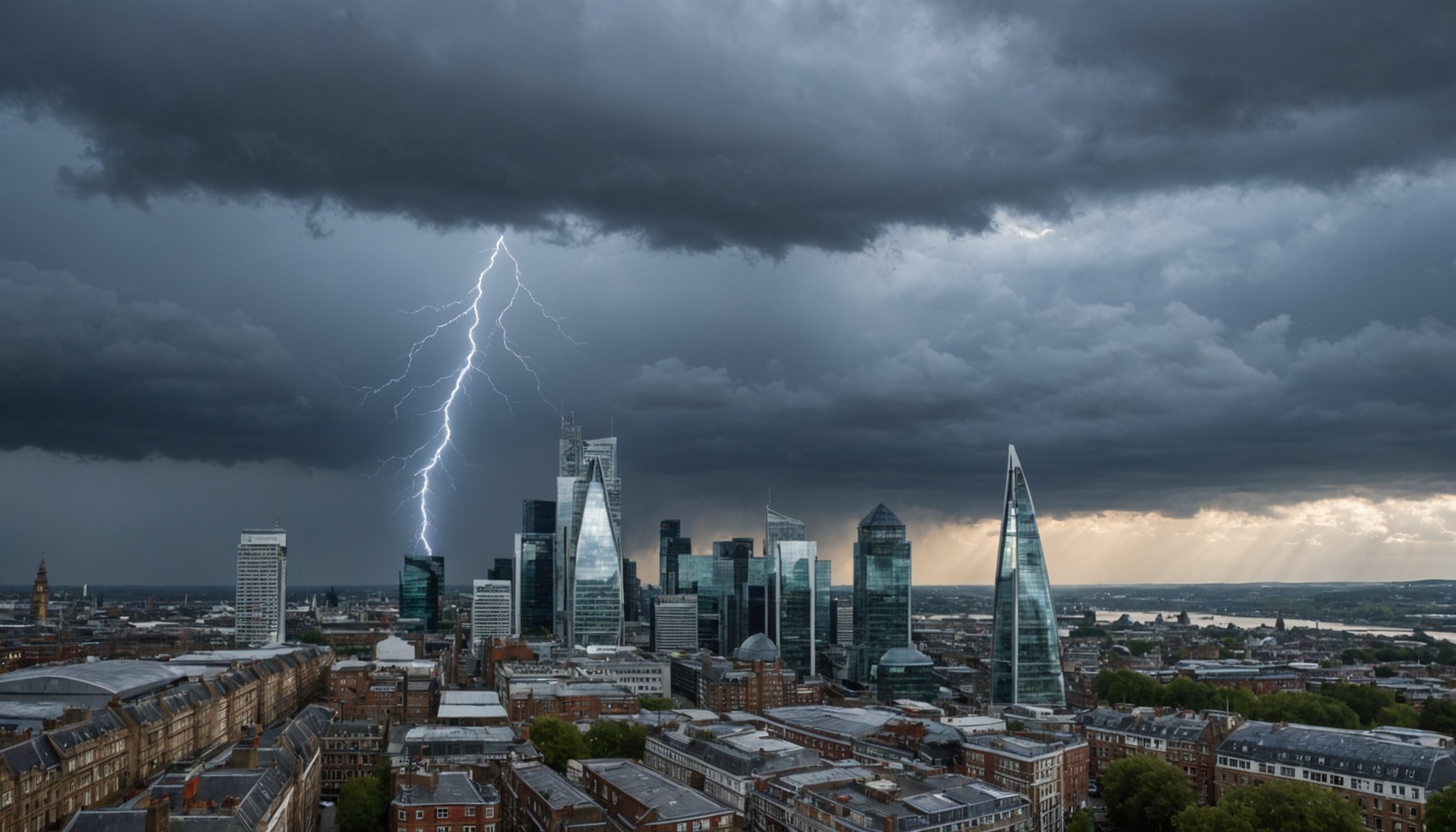The Impact of Deep Learning on Weather Forecasting Accuracy
Deep learning has transformed weather forecasting accuracy by introducing advanced methodologies surpassing traditional techniques. Traditionally, meteorological predictions relied heavily on static models and numerical simulations that often struggled with accuracy and resolution limitations. These conventional approaches were limited by their dependence on linear approximations and assumptions about atmospheric behaviour.
Conversely, deep learning models, such as recurrent neural networks (RNNs) and convolutional neural networks (CNNs), excel in handling complex, non-linear datasets. By processing vast amounts of historical weather data, these models learn patterns and provide insights into atmospheric processes with remarkable precision. This capacity to interpret intricate variables enhances prediction accuracy, making deep learning indispensable in modern forecasting.
In the same genre : Unlocking the Power of AI: How Predictive Maintenance is Transforming the UK Energy Sector
Statistical evidence supports deep learning’s superiority. Studies comparing deep learning models with traditional methods show a notable increase in forecast accuracy—from identifying severe weather events to predicting temperature variations more reliably. For example, meteorological predictions using deep learning achieve higher precision because of their capability to adjust to ever-changing weather patterns.
The shift to deep learning in weather forecasting signifies a critical advancement, offering detailed, timely insights into climatic phenomena and enabling effective decision-making to mitigate weather-related risks.
Topic to read : Discover the Most Recent Innovations in Home Renewable Energy Solutions
Practical Applications of Deep Learning in UK Weather Forecasting
The integration of deep learning in UK weather forecasting has transformed prediction capabilities. This technology not only improves accuracy but also enhances the timeliness of weather predictions.
Real-World Implementations
A leading example of practical applications in this field involves the UK Met Office. They use deep learning models to predict local weather patterns with impressive precision, significantly improving short-term forecasts. Such advancements are crucial for industries like agriculture and aviation, where precise weather data is vital.
Partnerships Between Tech and Meteorological Agencies
Collaborations between technology firms and meteorological agencies play a key role. The UK’s Met Office has partnered with companies like Microsoft to harness cloud computing capabilities, facilitating real-time data analysis and sharing. This synergy accelerates innovation, optimizing the application of deep learning algorithms in weather forecasting.
Technologies and Tools Utilized
Various technologies contribute to successful implementations. Neural networks, a cornerstone of deep learning, analyze vast datasets quickly and effectively. Platforms like TensorFlow and PyTorch enable the customization of these models. By leveraging these advanced tools, meteorological agencies can continuously refine their methodologies, ensuring accurate and reliable forecasts.
Advancements and Challenges in Deep Learning for Meteorology
The advancements in technology have ushered in significant progress in the field of meteorology, particularly through the integration of deep learning algorithms. These innovations have enhanced the accuracy of weather predictions by processing enormous datasets, enabling meteorologists to issue more precise forecasts. Deep learning models can recognize patterns in historical weather data, offering insights that were previously unattainable due to computational limitations.
Despite these advancements, there are notable challenges in weather forecasting using deep learning. Integrating these algorithms with traditional meteorological practices requires substantial adjustments to existing infrastructures, which can be resource-intensive. Moreover, the adaptation of deep learning tools necessitates training and expertise development among meteorologists to fully harness their potential, ensuring a smooth transition from conventional techniques.
However, deep learning limitations remain a barrier to achieving flawless weather forecasts. The accuracy and reliability of these models can be compromised by the inherent complexity and variability of weather systems. While deep learning can process past data effectively, predicting rare or unprecedented weather events still poses substantial difficulties. Overall, embracing technological advancements involves navigating these challenges and addressing limitations carefully to improve the efficacy of meteorological predictions.
Future Trends in Weather Prediction Technologies
Innovation in weather prediction technologies is on the rise, incorporating deep learning innovations for improved accuracy. As demand for precise forecasts grows, let us explore emerging technologies shaping this field.
Emerging Technologies
A promising development in weather prediction is the integration of deep learning innovations. These technologies allow for complex pattern recognition in vast datasets, enabling more accurate weather predictions. Satellites and drones are becoming crucial tools, providing real-time data that informs predictive models and enhances forecast reliability.
Predictive Analytics and Machine Learning
Predictive analytics and machine learning combine to revolutionise meteorology. Machine learning algorithms preprocess immense quantities of data, discerning patterns that traditional models might overlook. This synergy enables weather prediction technologies to offer reliable forecasts, with increased reaction time to severe weather events. Innovations in automation and AI continue to refine these systems, promising ever-greater precision.
The Role of Big Data in Weather Forecasting
The abundance of big data plays a pivotal role in weather forecasting. Collecting data from various sources, such as weather stations and IoT devices, allows for comprehensive models that visualise atmospheric conditions with remarkable clarity. Through this, weather predictions become more comprehensive, ensuring communities are well-prepared for any eventuality.











